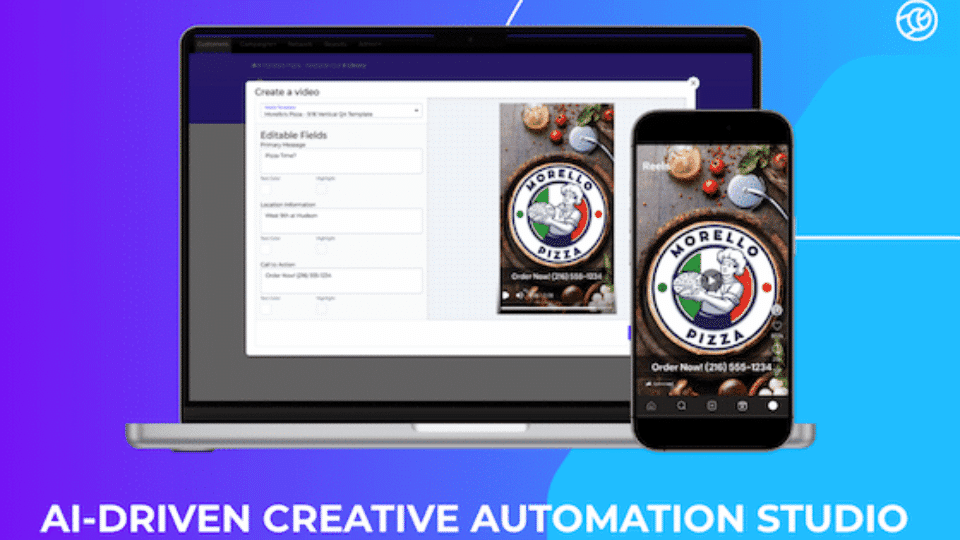As it continues to mature and feel pressure to secure new areas of revenue growth, Amazon is pushing itself into all kinds of sectors – from advertising to healthcare. But as AI sweeps the business world, Amazon could be well positioned without much deliberate maneuvering. It’s already sitting pretty.
This comes down to three little letters – A,W, and S. As large language models and generative AI continue to inflect in every corner of the media and tech worlds, it adds up to a whole lot of demand for compute muscle. The same goes for graphical processing, to the benefit of players like NVidia.
Amazon of course knows this and will do everything it can to milk the opportunity. It’s already gotten started by seeding and accelerating demand for AI, which was on full display at today’s re:Invent conference. Among other things, it launched an enterprise chatbot and dedicated chips for AI training.
Clippy 2.0
Taking these announcements one at a time, Amazon’s new Chatbot lets enterprises build customer service agents for automated interactions with their users. Known as Q, it can train itself on a given piece of software so that it can answer customer questions or guide them through workflows (cue Clippy joke).
AWS customers can accomplish this by connecting Q to their instances of enterprise software like Salesforce, Zendesk, and Jira. It then goes to work indexing company-specific data to train itself on all the relevant content and interactions that could come up during customer queries.
You may remember that Yext built something similar to help enterprises create user-facing GPT-based chatbots. Yext is in a strong position to do so, given the enterprise-specific knowledge graphs it’s been assembling for its customers for years. Amazon appears to be doing something conceptually similar.
In addition to acting as a customer-facing chat agent, Q can also assist a given enterprise through analytics. Enterprise users can ask questions about aggregate user behavior that helps them gain insights about UX decisions or other strategic positioning. Call it conversational analytics.
Meanwhile, the training aspects should start out on the right foot, given all the data that sits under AWS. That includes data and interactions for a given software platform that runs on AWS, as well as aggregate software usage patterns. This should offer a strong baseline for the AI training that will make Q effective.
“You can easily chat, generate content, and take actions,” AWS CEO Adam Selipsky said from the re:Invent stage in Las Vegas. “It’s all informed by an understanding of your systems, your data repositories, and your operations.”
Growth Engine
Moving on to Amazon’s AI chips, it will begin to meet the underserved demand for graphical processing. As noted, Nvidia has been riding this wave through years of inflected demand for 3D gaming, which has more recently parlayed into intense GPU needs for generative AI. It continues to be in the right place.
But the issue is that Nvidia’s top GPUs are sold out through 2024. So Amazon is stepping in to capture demand with new and updated chips that are purpose-built for generative AI. This is logical not just in its opportunistic drivers but in its alignment with AWS’ positioning as a compute powerhouse.
These chips include the aptly-named Trainium 2 and the ARM-based Gravitron 4. Without going too far down a rabbit hole of technical specs, these chips contain some serious processing muscle. The Trainium 2 can scale up to 100,000 chips in AWS’ EC2 UltraCluster to deliver 65 exaflops of compute.
In English, that’s a way of saying that Amazon is making a power play to fuel the inflection in cloud computing demand that the AI era will bring. Though its moves into healthcare and advertising get more ink, this AI processing play could be the real growth engine for Amazon’s business over the next decade.



